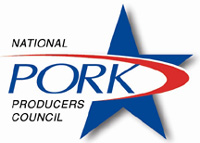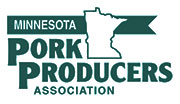Nine Minnesota farmer organizations file to intervene in activist litigation against two state agencies
A broad-based coalition of respected Minnesota farmer organizations filed a request to intervene in Ramsey County District Court litigation filed in late January by the Minnesota Center for Environmental Advocacy (MCEA), Minnesota Trout Unlimited (MNTU) and the Minnesota Well Owners Organization (MNWOO). The MCEA/MNTU/MNWOO litigation alleges that the Minnesota Pollution Control Agency (MPCA) and the Minnesota Department of Agriculture (MDA) have not adopted sufficient rules to protect ground and surface water in the SE MN Karst and Central Sands region from nitrates and seeks to force the state agencies to rewrite existing regulations on farming practices. The coalition of Minnesota farmer organizations strongly disputes these allegations against the state agencies charged with protecting ground and surface water.
Key arguments that support the position of the various farmer groups include the following:
- Minnesota Farmer Organizations Support Protection of Our Water Resources. Minnesota has some of the strictest water protection rules in the country. Farmer organizations and individual farmers share the goal with the public of protecting our water.
- Farmers are Implementing Effective Solutions. There are multiple contributors to ground and surface water impairment and this is not an issue strictly related to agriculture. Several organizations, including farmer groups, have invested significant resources to discover new/effective practices and help inform and assist farmers in the adoption and implementation of new practices to protect water from impairment. Farmer groups have also been working closely with farmer-leaders and membership to assess sustainable practices implemented on individual farms. Examples of recent practices include:
- Livestock farmers regularly implement best management practices that exceed the requirements outlined in state rules and permits that direct the utilization of nutrients from manure.
- State agencies report that 99% of Minnesota farmland has now reached compliance with the buffer water protection law – compliance which has been totally funded by farmers with no state financing support.
- Over 1.1 million acres have been enrolled in the Minnesota Department of Agriculture’s voluntary Ag Water Quality Certification Program.
- The Minnesota Department of Agriculture has awarded grants to farmers to purchase or upgrade equipment for soil health practice adoption. Based on awards to date, this grant program has resulted in new soil health practice adoption on 320,000 acres.
- Farmers are Not Seeking to Lower Water Rules. While compliance with Minnesota’s water rules requires a significant commitment by Minnesota farmers, we are not seeking to lower the standards. After all, farmers get their drinking water from the same groundwater resources they are working to protect.
- Important to Follow Accepted Science. State agencies always need to balance competing interests among the public, environmental organizations, local governments, businesses, and farmers when adopting environmental rules. To build public confidence and compliance with environmental rules, a key principle is that rules should be based on “sound/accepted science” and not political positions and the PR claims of advocacy organizations. Farmer organizations have worked diligently with state agencies to incorporate accepted science in the development of our state’s water quality regulations, and we take seriously our role in helping farmers adopt and implement new practices to protect our water resources.
“Minnesota farmers have made significant capital and operating investments in recent years to purchase new equipment and adopt new technology and practices that are designed to protect water quality in our state,” said Dana Allen-Tully, Eyota farmer and Chair of the Board for the Minnesota Corn Growers Association. “Minnesota Corn and most of the various farmer organizations have collectively invested millions of dollars to support innovative research at the University of Minnesota and other institutions to help discover new practices and technology that protect our surface and groundwater. Our organizations have worked with various experts from universities, government agencies, and the private sector to help inform farmers of these new developments and help scale their adoption. As such, we believe the litigation against the MPCA and the MDA is without merit.”
According to Maddie Hokanson board member of the Minnesota Pork Producers Association and farmer from Cannon Falls, “Today’s agricultural practices have allowed us to make significant strides in protecting our natural resources, and farmers have been at the forefront of that movement by investing in our barns, manure storage systems, equipment, and technology. These investments allow us not only to comply with state rules but also to exceed standards wherever possible. It’s important that there are transparent review processes for the rules and regulations that guide how we operate our farms with opportunities for all parties to participate and have input, and the rules and regulations need to ultimately be based on sound science. That is why it’s essential for Minnesota’s farmers to unite behind this legal action to support the democratic processes in place for rulemaking and review by state agencies.”
The farmer organizations which have joined to file the motion challenging the litigation are the Minnesota Corn Growers Association, Minnesota Pork Producers Association, Minnesota Association of Wheat Growers, Minnesota Farm Bureau Federation, Minnesota Milk Producers Association, Minnesota Soybean Growers Association, Minnesota State Cattlemen’s Association, Minnesota Turkey Growers Association and the Red River Valley Sugarbeet Growers Association.

 It did classify processed meat as a cause of colorectal cancer and a possible cause of gastric cancer and red meat as a probable cause of colorectal cancer and a possible cause of pancreatic and prostate cancer. IARC previously has classified as carcinogens such things as sunlight, alcoholic beverages and being a barber.
It did classify processed meat as a cause of colorectal cancer and a possible cause of gastric cancer and red meat as a probable cause of colorectal cancer and a possible cause of pancreatic and prostate cancer. IARC previously has classified as carcinogens such things as sunlight, alcoholic beverages and being a barber.
 FOR IMMEDIATE RELEASE
FOR IMMEDIATE RELEASE